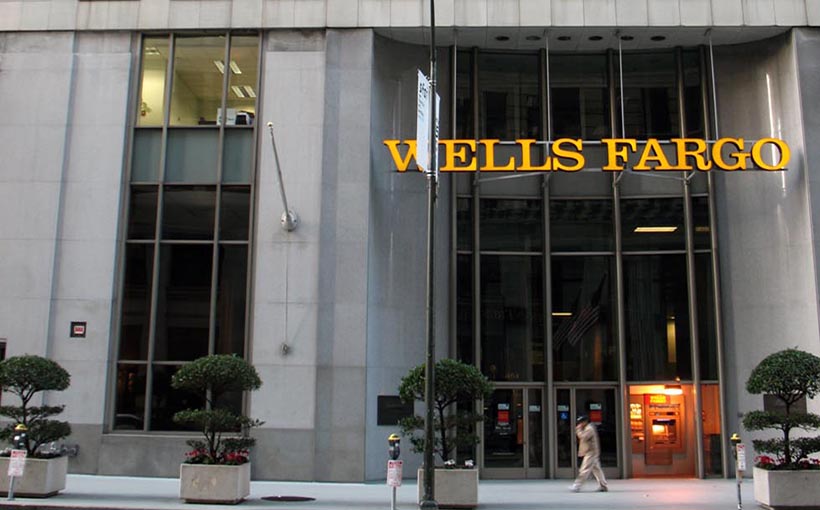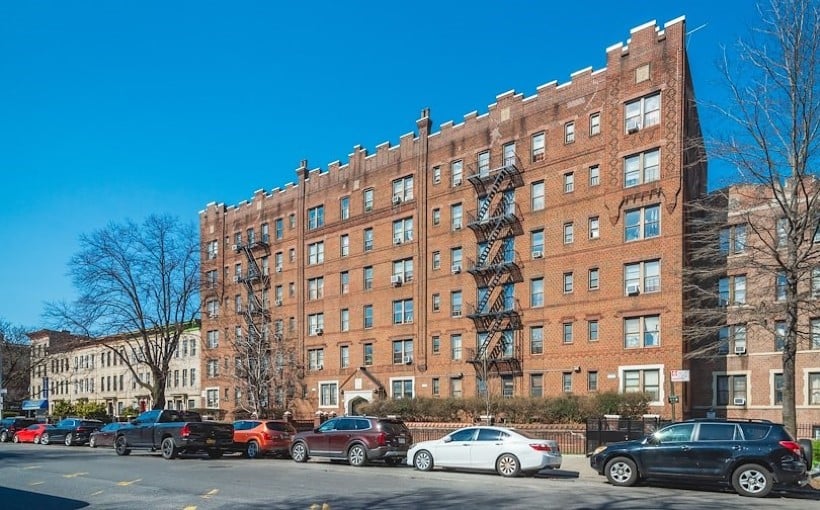Major U.S. banks are facing a concerning trend as delinquent commercial real estate (CRE) loans have surpassed loss reserves, according to recent FDIC data reported by the Financial Times. The rise in late payments for offices, shopping centers, and other properties has led to a significant decrease in average reserves at JPMorgan Chase, Bank of America, Wells Fargo, Citigroup Goldman Sachs and Morgan Stanley from $1.60 to 90 cents for every dollar of CRE debt with borrowers who are at least 30 days behind on payments.
This sharp decline has occurred over the past year as delinquent commercial property debt for these six major banks nearly tripled to $9.3 billion.
In response to this alarming trend, Michael Barr – vice chair for supervision at the Federal Reserve – stated in a recent speech that regulators have been closely monitoring banks’ CRE lending practices including their internal risk reporting and adequacy of capital provisions against potential future losses from CRE loans.
The wider U.S banking sector is also experiencing an increase in delinquent loans tied to various types of commercial properties such as offices malls and apartments which more than doubled from $11.2 billion in 2022to$24 .3billionin2023accordingtoFT’sreportingofFDICdata .
Furthermore ,theFDICdatarevealedthatU.S.banksnowholdonly$1 .40ineverydollarofdelinquen tcommercialrealestateloanscomparedt o$2 .20ayearago.ThisisthelowestcoveragethatbankshavehadtosustainpotentiallossesfromCREloansins evenyears .
Overall,thisdisturbingtrendindicatestheurgencyforbanksandregulatorstoaddressandmitigatetheimpactsofthecurrentstateofcommercialrealestatemarketsonfinancialstabilitywithoutmentioningany specificorganizationsorplatforms.




